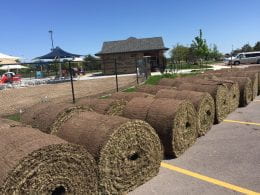By Jared Hoyle, KSU Turfgrass Research and Extension
Fall is an important time for cool season turfgrass species because air and soil temperatures are optimal for carbohydrate accumulation and root growth. However, adequate plant nutrition is essential for these processes to operate at maximum efficiency. The importance of using soil test reports to guide fertilization programs cannot be emphasized enough. The Kansas State Soil Testing Lab (https://www.agronomy.k-state.edu/services/soiltesting/) provides a variety of high quality testing services for turfgrass managers. Testing for pH, phosphorus (P), and potassium (K). A good sampling method is necessary to ensure the soil test results are accurately representing the sampled area. To sample, use a soil probe an extract a 4” to 6” core. The leaf and thatch material should be discarded from the core (see picture). Eight to ten individual cores should be extracted and combined into a single sample for testing. Results are typically sent back within a week of the lab receiving the sample. Fertilizer recommendations will also be provided by a county agent or K-State horticulturalist.
Of all the possible nutrients, potassium is of particular interest as temperatures continue to decline, because it helps the plant acclimate to cold temperatures. Some soils, especially golf greens, throughout Kansas are low in potassium, leaving turfgrass more susceptible to winter injury. Deficiencies can be addressed by applying K containing fertilizers, such as, potassium chloride (KCl), potassium sulfate (K2SO4), and potassium nitrate (KNO3). Remember, soil tests are a relatively inexpensive tool, but provide a wealth of knowledge.
For more information pertaining to soil testing check out the article below by Dorivar Ruiz Diaz, Nutrient Management Specialist.
Fall Soil Testing: Sample Collection and Submission to the K-State Soil Testing Lab
By: Dorivar Ruiz Diaz
Soil testing provides producers and homeowners important information concerning the fertility status of the soil. This information can help produce better crops and reduce costs by guiding management decisions like the type and amount of fertilizers to apply. If you plan to do your own soil sampling and use the K-State Soil Testing Laboratory, the following outline provides specific information on methods for collecting soil samples and mailing instructions.
- To take a sample, you will need a probe, auger or spade, and a clean pail. (If you’re also having the soil analyzed for zinc, be sure to use a plastic container to avoid contamination from galvanized buckets or material made of rubber.) You will also need soil sample containers and a soil information sheet from your local Extension office or fertilizer dealer. You can also order soil sample bags online from K-State Research and Extension by clicking here.

- Draw a map of the sample area on the information sheet and divide your fields into uniform areas. Each area should have the same soil texture, color, slope, and fertilization and cropping history.
- From each area, take a sample of 20-30 cores or slices for best results. At the very minimum, 12-15 cores should be taken per sample. Mix the cores thoroughly in a clean container and fill your soil sample container. For available nitrogen, chloride, or sulfur tests, a subsoil sample to 24 inches is necessary.
- Avoid sampling in old fencerows, dead furrows, low spots, feeding areas, or other areas that might give unusual results. If information is desired on these unusual areas, obtain a separate sample from the area.
- Be sure to label the soil container clearly and record the numbers on the soil container and the information sheet.
- Air-dry the samples as soon as possible for the available nitrogen test. (Air drying before shipment is recommended, but not essential, for all other tests.) Do not use heat for drying.
- Fill out the information sheet obtained from your Extension office, or download a sheet.
- Take the samples to your local Research and Extension office for shipping. Samples may also be sent directly to the lab by placing them in a shipping container. Information sheets should be included with the package. Shipping labels can be printed from the Soil Testing Lab website listed below. Mail the package to:
Soil Testing Laboratory
2308 Throckmorton PSC
1712 Claflin Road
Manhattan, KS 66506-5503
A listing of the types of soil analysis offered, and the costs is available on the Soil Testing Lab web site, http://www.agronomy.k-state.edu/services/soiltesting . You can also contact the lab by email at soiltesting@ksu.edu and by phone at 785-532-7897.
For more information on the proper procedures for the Soil Testing Laboratory, see K-State publication MF-734 at: https://www.bookstore.ksre.k-state.edu/pubs/MF734.pdf. Detailed information on soil sample collection can be found in the accompanying article “The challenge of collecting a representative soil sample” in this eUpdate issue.
Dorivar Ruiz Diaz, Nutrient Management Specialist
ruizdiaz@ksu.edu
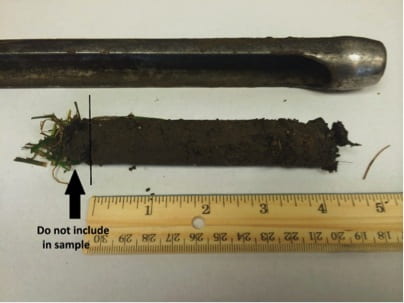

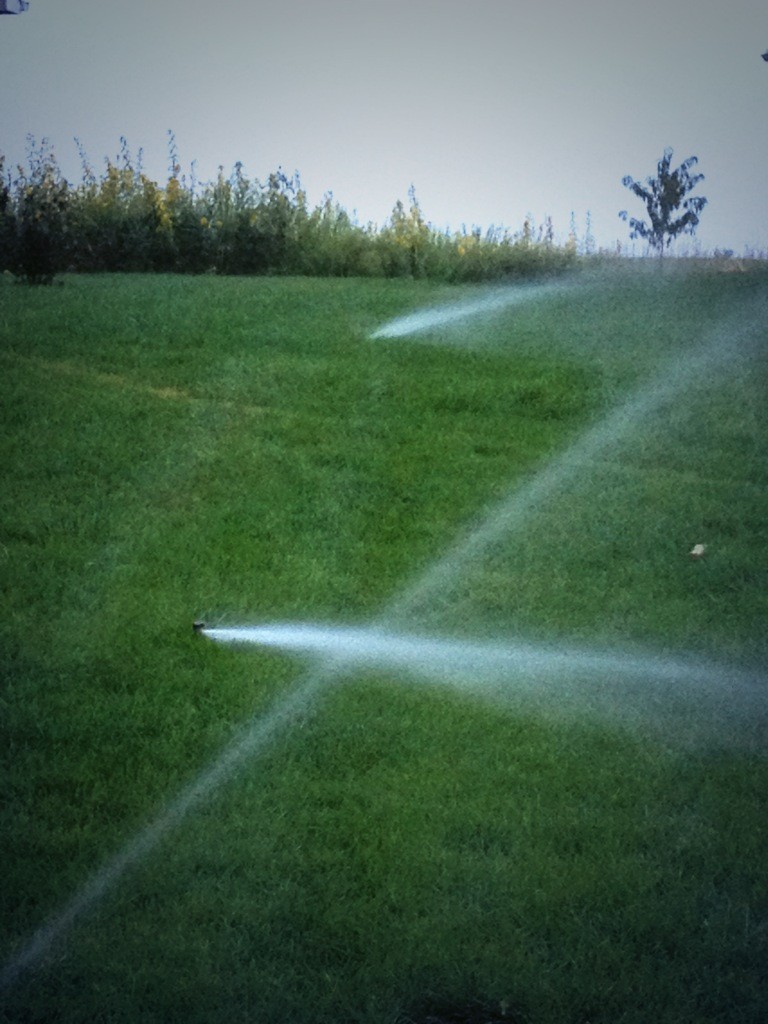
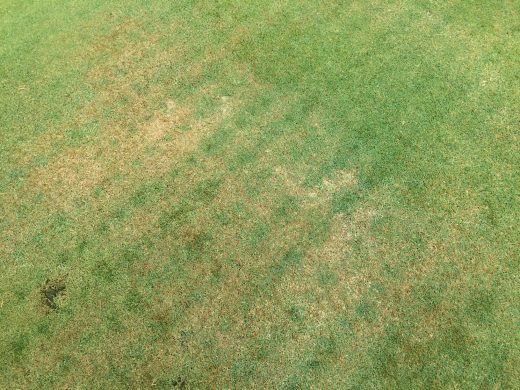

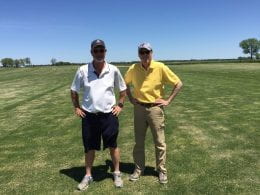

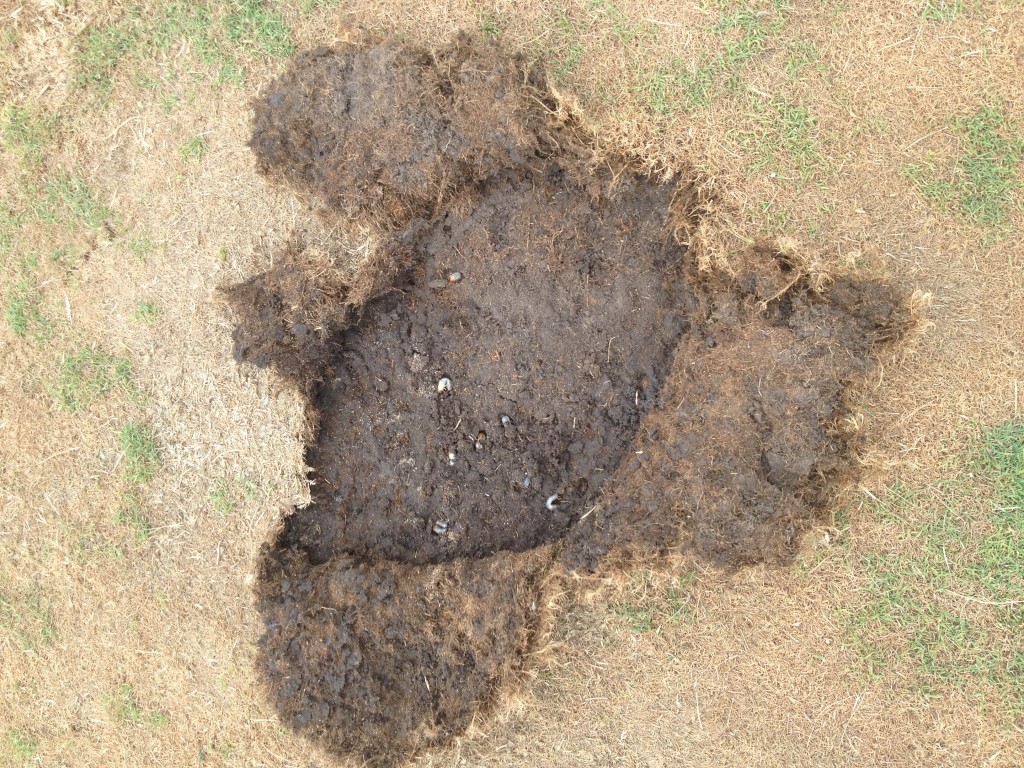

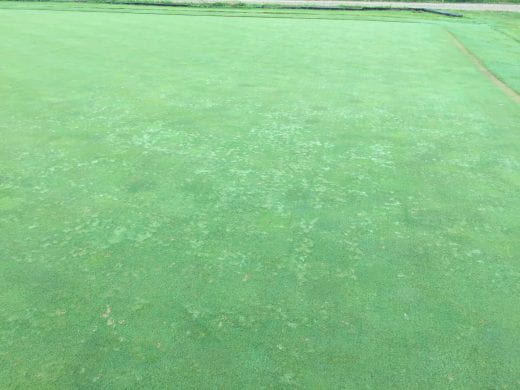


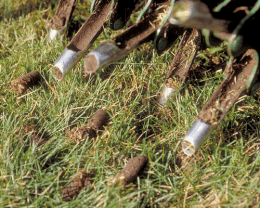 It should be neither too wet nor too dry, and the soil should crumble fairly easily when worked between your fingers. Go over the lawn enough times so that the aeration holes are about 2 inches apart.
It should be neither too wet nor too dry, and the soil should crumble fairly easily when worked between your fingers. Go over the lawn enough times so that the aeration holes are about 2 inches apart.


